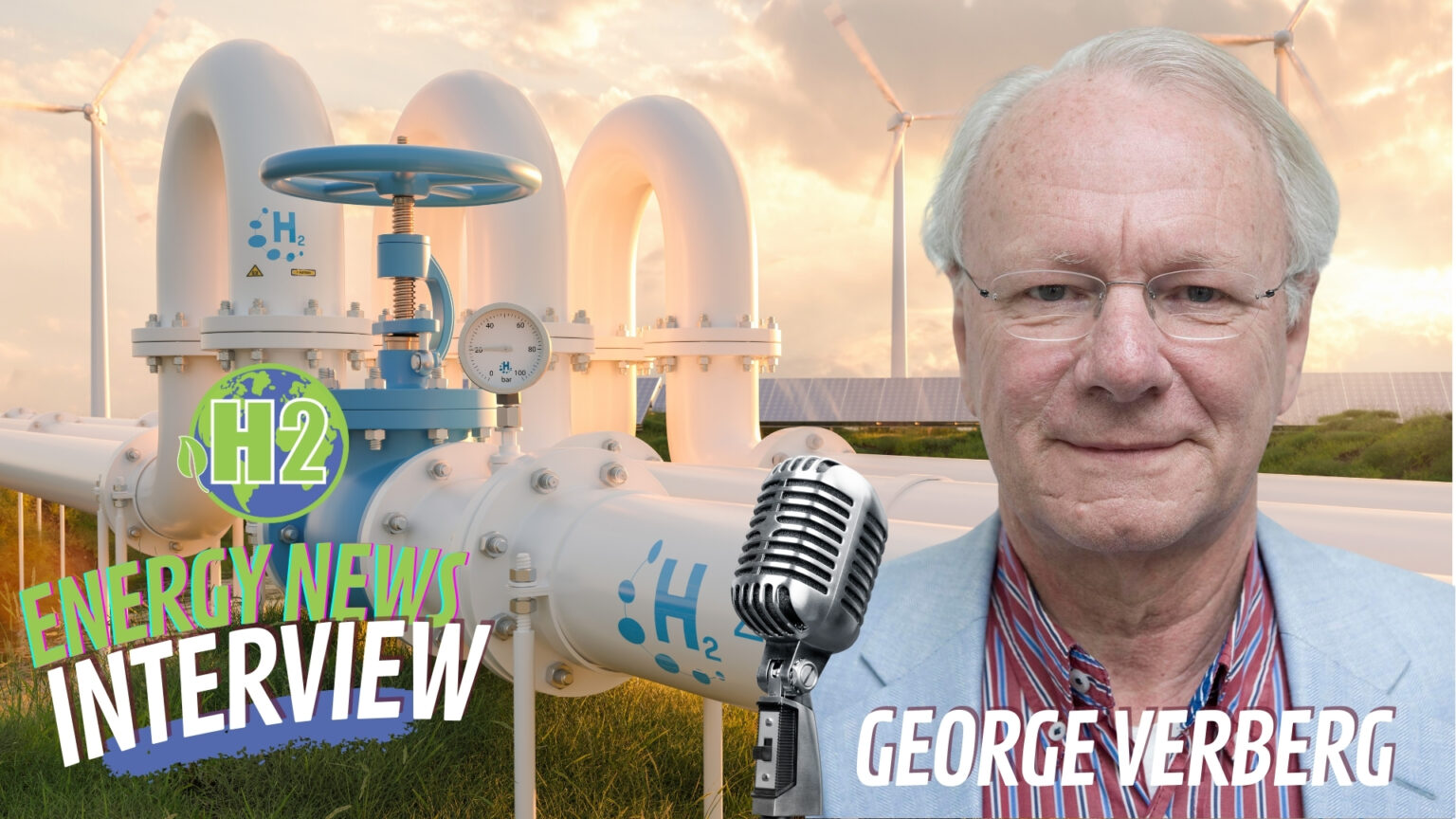In the rush to embrace hydrogen as a clean energy solution, we might be putting the cart before the horse.
This stark warning comes from George Verberg, former CEO of Gasunie and past president of both the European Gas Association and the International Gas Union. With over eight decades of experience in the energy sector, Verberg’s perspective on the current hydrogen infrastructure push is both sobering and enlightening.
WATCH THE FULL INTERVIEW
The Pipeline Problem
The European Union’s ambitious 2030 timeline for hydrogen pipeline infrastructure faces several critical challenges that many aren’t discussing openly. According to Verberg, the current cost estimates – around 5-6 billion euros for retrofitting just the Dutch gas grid – might be severely understated.
Why? The answer lies in three key factors:
- Hydrogen’s Lower Energy Density: Hydrogen contains only one-third of the energy content of methane. This means you need to move three times the volume to deliver the same amount of energy, requiring more powerful and expensive compression systems.
- Safety Concerns: The biggest safety risk comes from longitudinal fatigue cracks in pipelines, particularly when dealing with volatile pressure systems. This becomes especially critical when hydrogen is used as backup for intermittent renewable energy sources like wind and solar.
- Infrastructure Requirements: Beyond just pipelines, we need specialized compressors, storage facilities, and significant amounts of “working gas” to keep the system operational. Many of these costs aren’t included in current estimates.
A More Practical Approach
Rather than rushing to build cross-country pipeline networks, Verberg advocates for a more measured, regional approach. “Starting with regional clusters where you have both demand and supply makes more sense,” he explains. “It’s simply logical – why transport bubbles with tiny fractions of energy over long distances?”
This regional approach would allow for:
- Focused development in industrial areas
- Better matching of supply and demand
- More realistic cost management
- Time for technology to mature
The Uncomfortable Questions
Several critical questions remain unanswered:
- Can hydrogen pipelines be cost-effective when green hydrogen production remains expensive?
- Are we extending fossil fuel dependence through blue hydrogen rather than pushing for true decarbonization?
- With battery technology advancing rapidly, should we be prioritizing hydrogen infrastructure?
Looking Forward
Verberg remains optimistic about hydrogen’s long-term potential but advocates for a more thoughtful approach. “Human ingenuity will likely solve the cost issues,” he notes, “but it won’t happen within three to five years. We’re looking at a decade or more.”
His recommendations for advancing the hydrogen market:
- Focus on industrial regions where demand and supply naturally align
- Provide targeted support for pioneering projects
- Avoid premature investment in massive backbone infrastructure
- Keep options open as battery technology advances
The Bottom Line
The message is clear: while hydrogen will likely play a role in our energy future, we need to be more transparent about the challenges and costs involved. As Verberg puts it, “Seeing is believing – don’t just trust, show.” This wisdom seems particularly relevant as we navigate the complex transition to cleaner energy sources.
The rush to replicate our natural gas infrastructure with hydrogen might be more about maintaining existing business models than finding the most efficient path to decarbonization. Perhaps it’s time to think outside the box and consider whether hydrogen requires its own unique approach.
